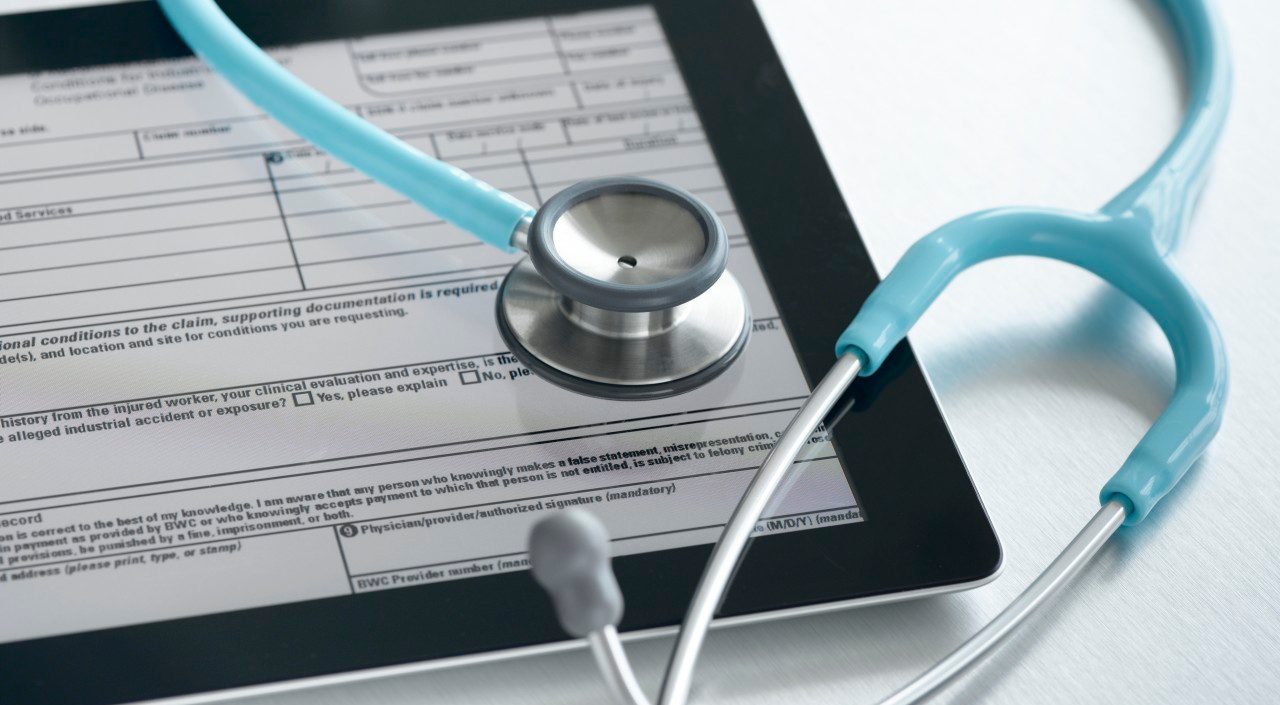ACOs Just May Save American Healthcare

These networks of doctors, hospitals, and other providers are consumerizing and changing healthcare.
To Farzad Mostashari, the way to fix the American healthcare system is to drop the fee-for-service model and turn doctors on to offering concierge care, where they’re available to their patients, they keep an eye on their sickest patients, and they reduce healthcare costs … and keep more of those savings.
This accountable care organization (ACO) model, established by the Affordable Care Act, has Mostashari believing that, under the right circumstances, the days of doctors needing to worry about their business interests running counter to the health interests of patients are coming to an end. It’s value-based, data-driven care, rather than the expensive litany of more tests, more procedures, and more surgeries.
“If we focus on ACOs saving money, being good for patients and good for physicians, we’ll be alright,” Mostashari, former national coordinator for health information technology for the Obama Administration, told a gathering of healthcare industry leaders called Thrive25.
The Yale-educated epidemiologist has his work cut out for him. The U.S. already spends more per capita on healthcare than any other country. By 2024, healthcare spending may account for 20 percent of the economy. Some healthcare experts believe a tipping point that will lead to disaster is coming.
Mostashari is CEO of Aledade, a company establishing ACOs, partnering with more than 100 independent primary care practices covering 75,000 Medicare beneficiaries in nine states. ACOs can help change American healthcare, he says, because they focus on four key concepts: identifying and managing high-risk patients, event notification and response, referral management, and patient relationship management.
An ACO works by sharing data among a network of primary care doctors, specialists, hospitals, and other providers. Using electronic health records (EHRs), doctors in an ACO can identify individual – and clusters of – patients who are at high risk for health problems, and are therefore high-cost patients, he says. Predicting when these patients may become a burden to the healthcare system and taking steps to get them healthier sooner, and keeping them out of the hospital, can lower costs.
With event notification, ACO doctors and hospitals know when a given patient winds up in the emergency room. The model also builds an organic referral network, for instance, the data in an EHR letting a primary care doctor know their patient’s ophthalmologist has referred the patient to a retinologist for care. Finally, ACOs allow providers to manage relationships – and build loyalty – with their patients because they begin to identify what a patient needs and wants.
During a 2011 TEDMED talk, Mostashari said that the combination of data sharing and ACOs allows providers to seek out patients who need help rather than waiting for them to come to “your store,” in the true spirit of population health and management.
“The data in EHRs is a gold mine,” Mostashari says. He’s proved it over the years, tracking the prevalence of HIV among IV drug users, being the lead investigator for the West Nile virus outbreak around the turn of the millennium, and developing early terror warning signals after the anthrax mail attacks. His work to set up EHRs in New York City’s poorer neighborhoods, when he was assistant commissioner for the city’s Primary Care Project, now covers more than 2 million patients.
There are some thorns among the roses, however, the biggest being data blocking. Every provider is recording patient data, records, medications, admissions. Yet the healthcare industry is notorious for hoarding that data. Time was doctors viewed patient records as proprietary information. But that’s not the case any longer; consumers have a right to copies of their medical records, including electronic copies. If just one percent of patients demand their health data, Mostashari says, EHR vendors and healthcare providers would begin to develop the technology to share that data and the tools to put it to work. The data, in turn, could be used to warn of disease outbreaks, point out which procedures are most effective, and drive compliance with best-practice healthcare that reduces health problems and readmissions to hospitals, lowering costs.
Are ACOs working? They’re growing in number and improving quality of care in California, but some critics say the movement might be “bobbing along, with a thousand weeds blooming alongside a thousand flowers.” There’s still plenty of time to weed the garden, though.
“This is all predicated on our belief that with the right tools, with the right technology, with the right boots on the ground, with the right team, with the right primary care providers, we can go right at the heart of what’s ailing healthcare today and get to better care, better health, and lower cost,” he says.
Updated:
April 06, 2020
Reviewed By:
Christopher Nystuen, MD, MBA